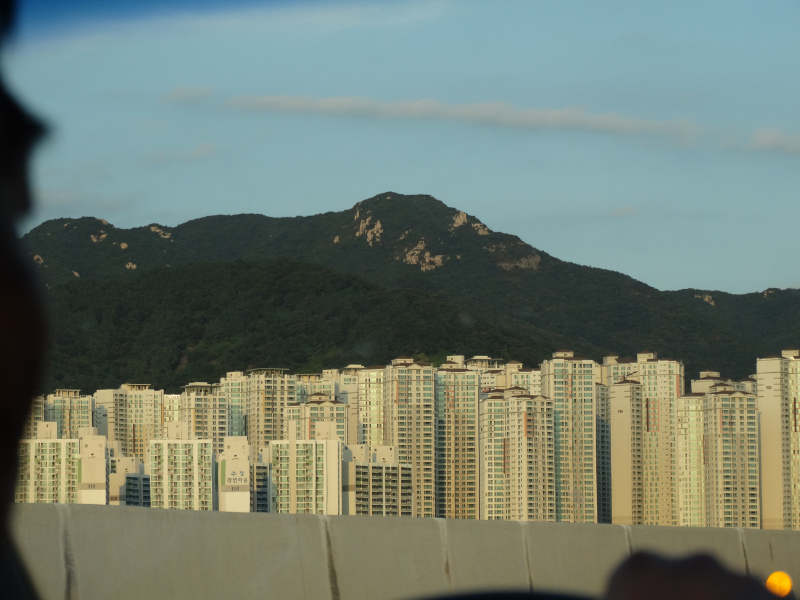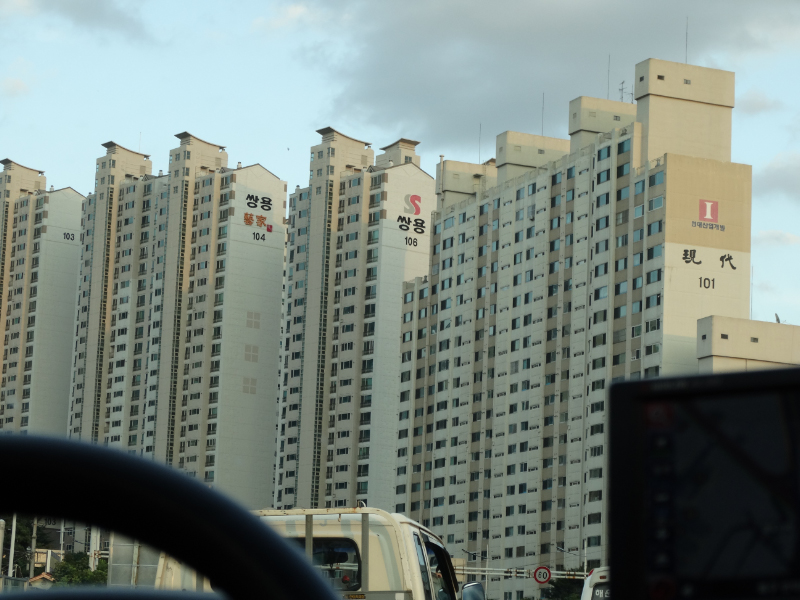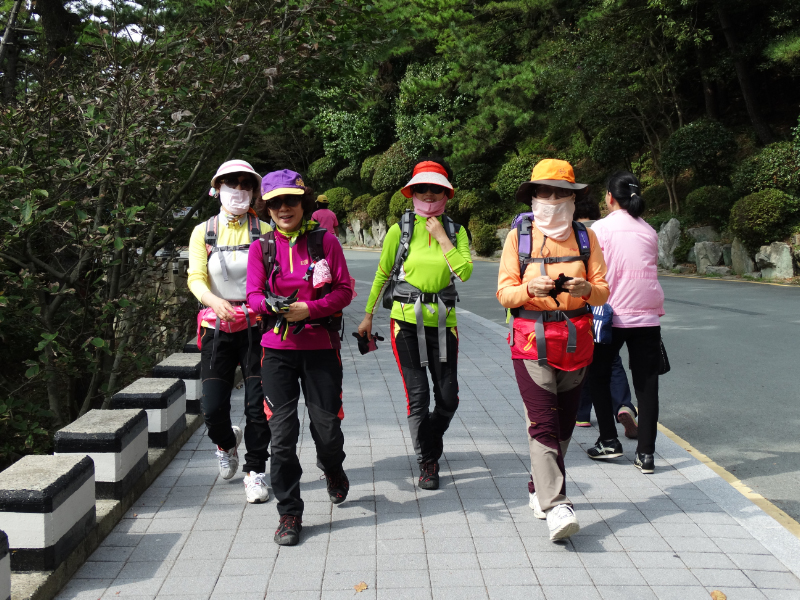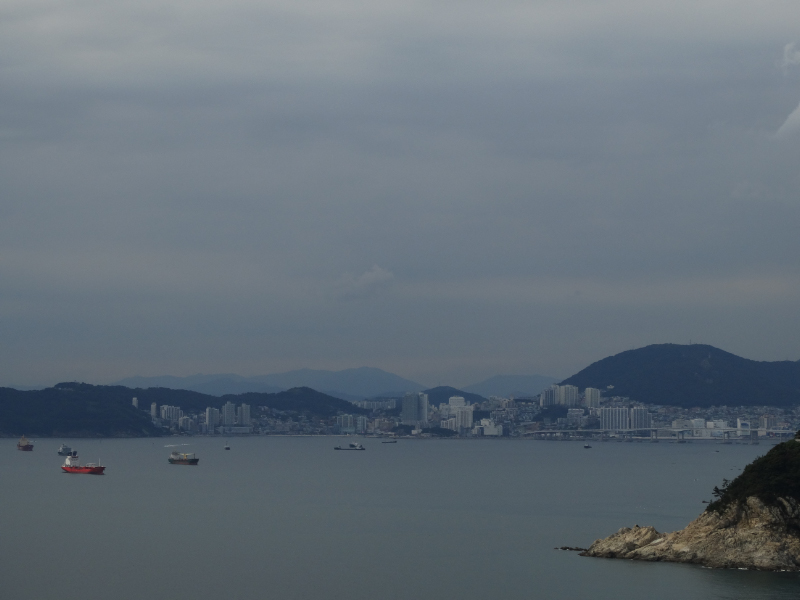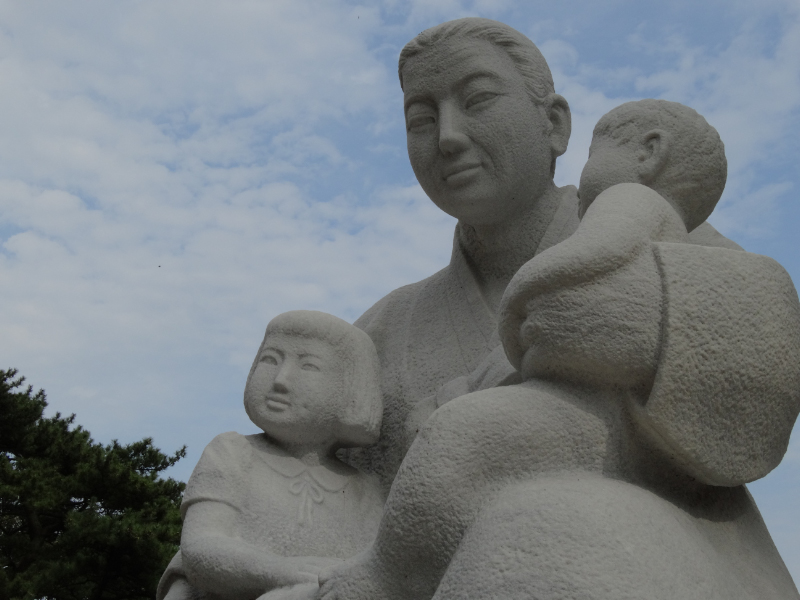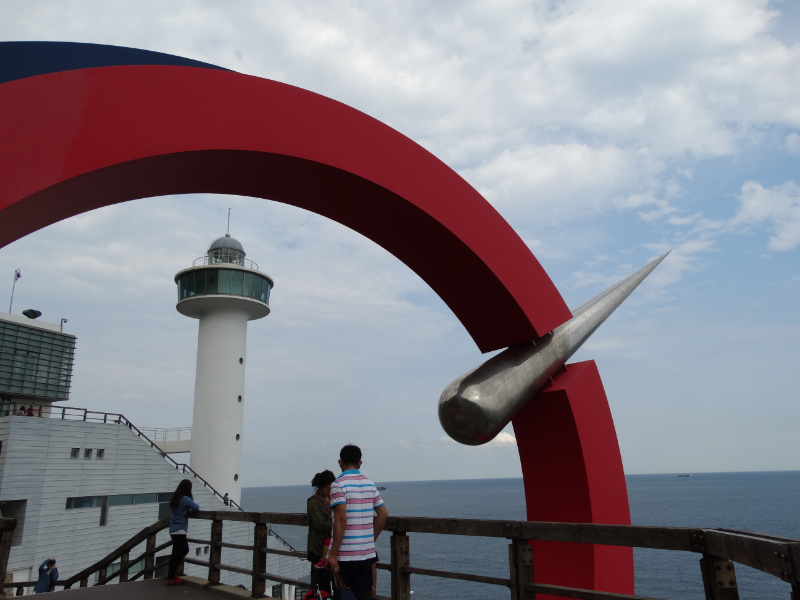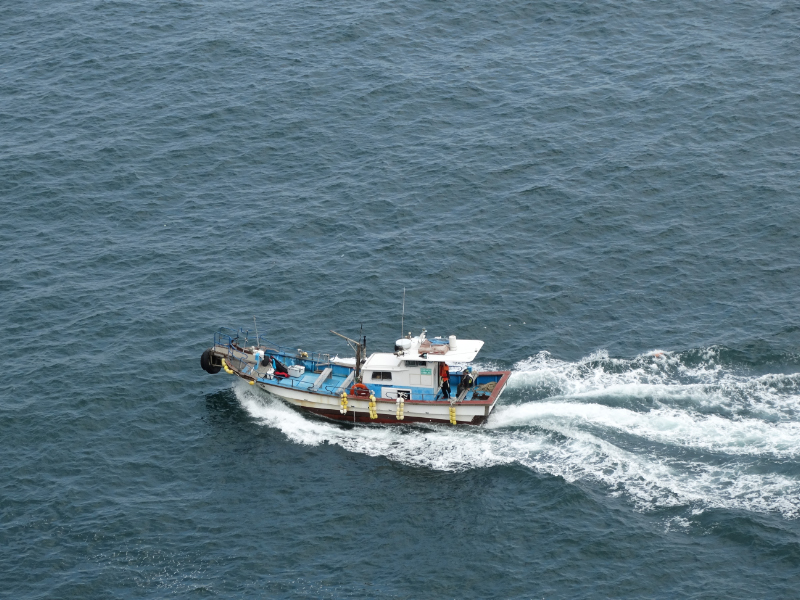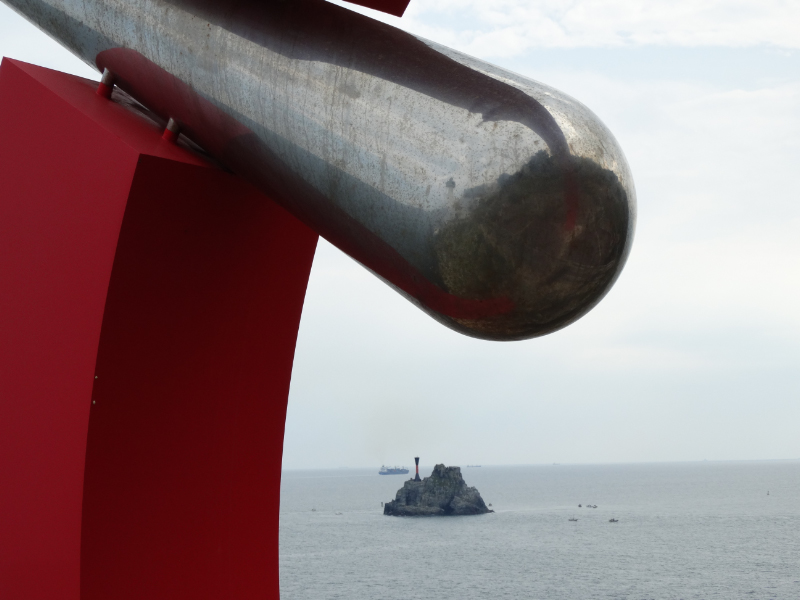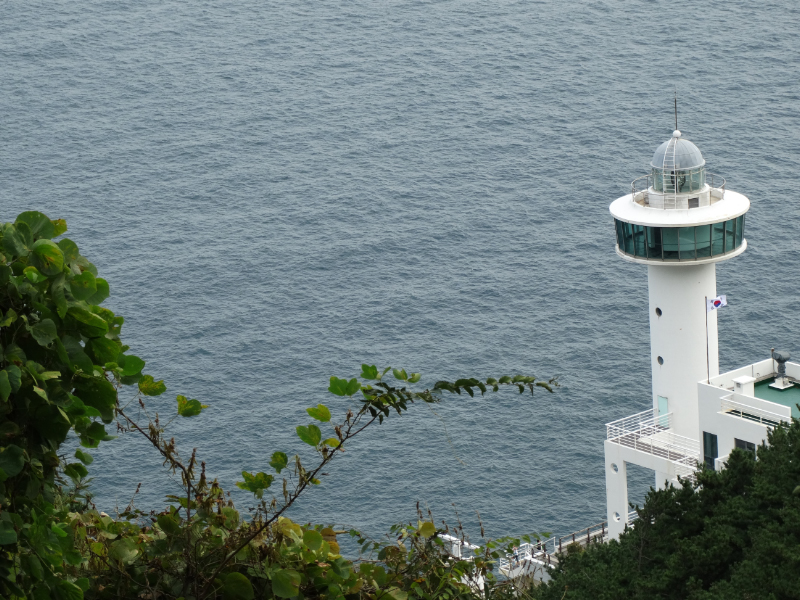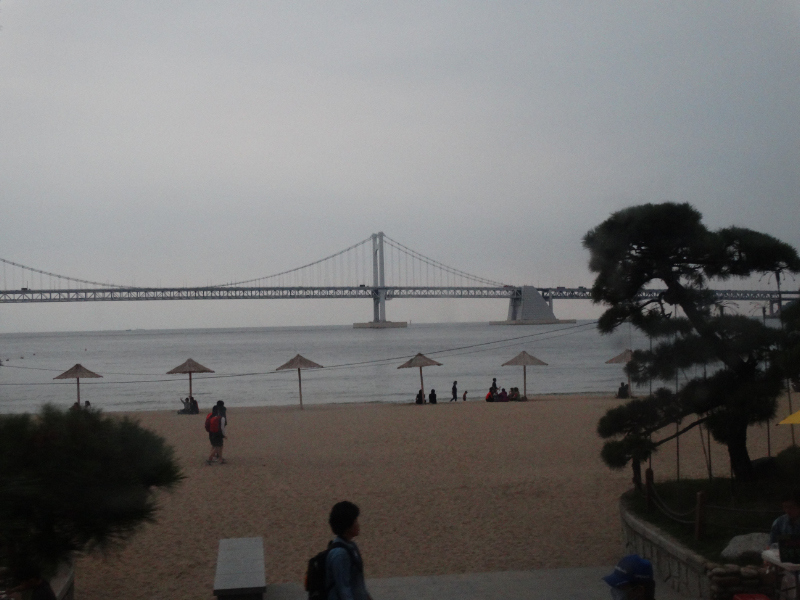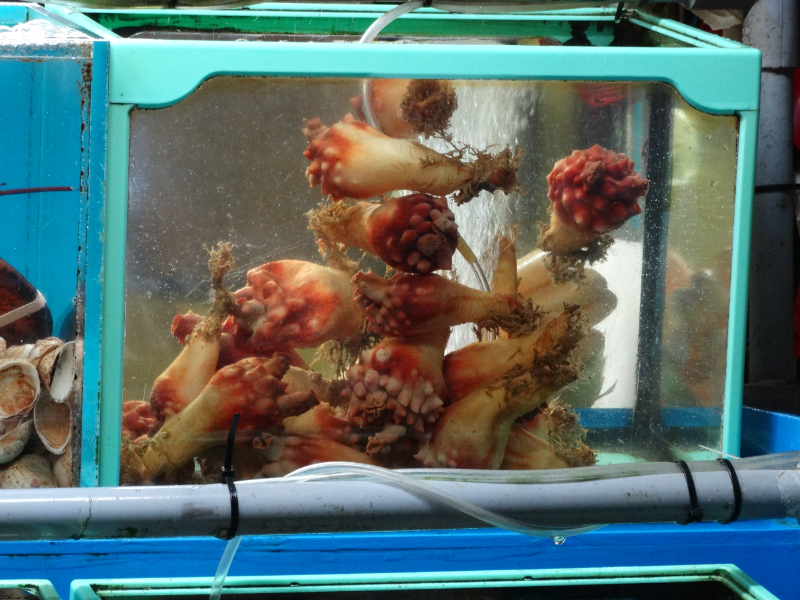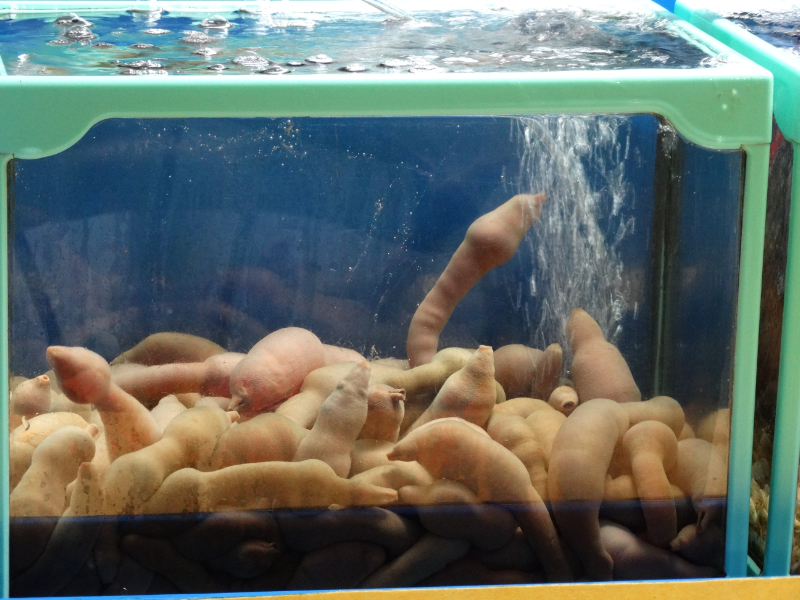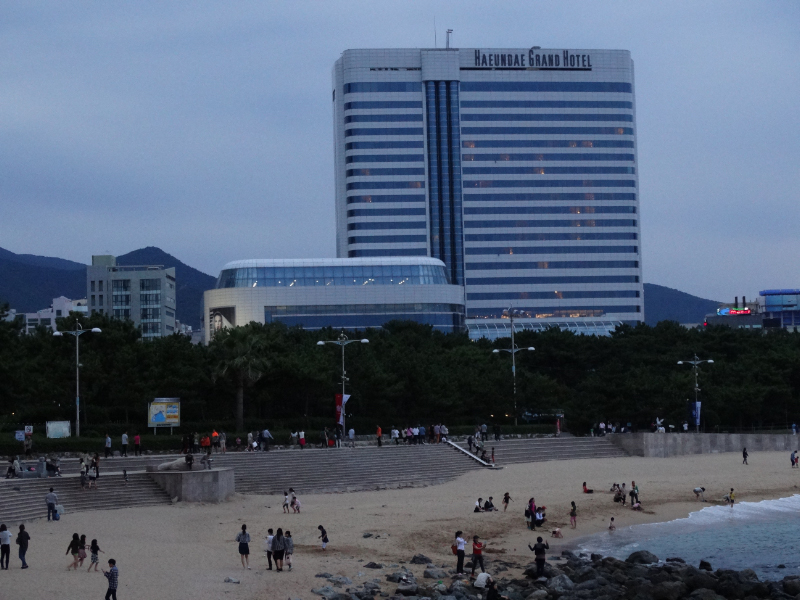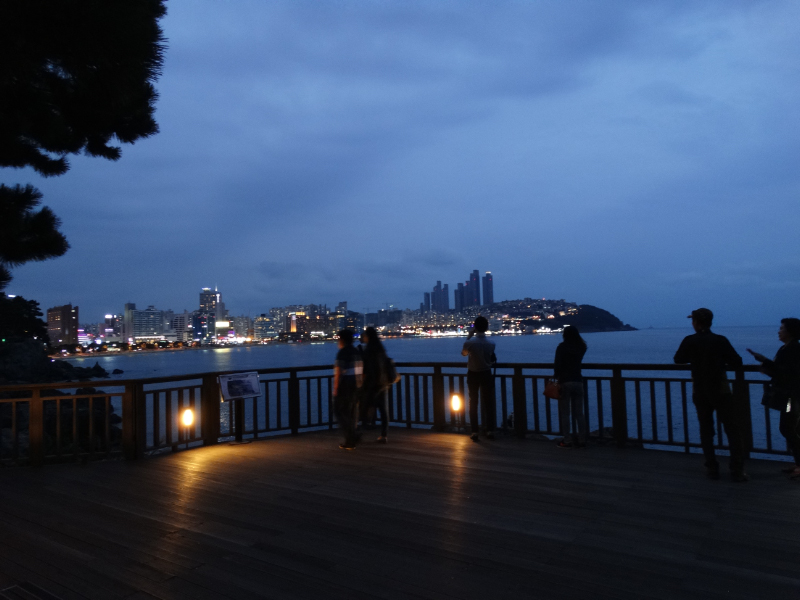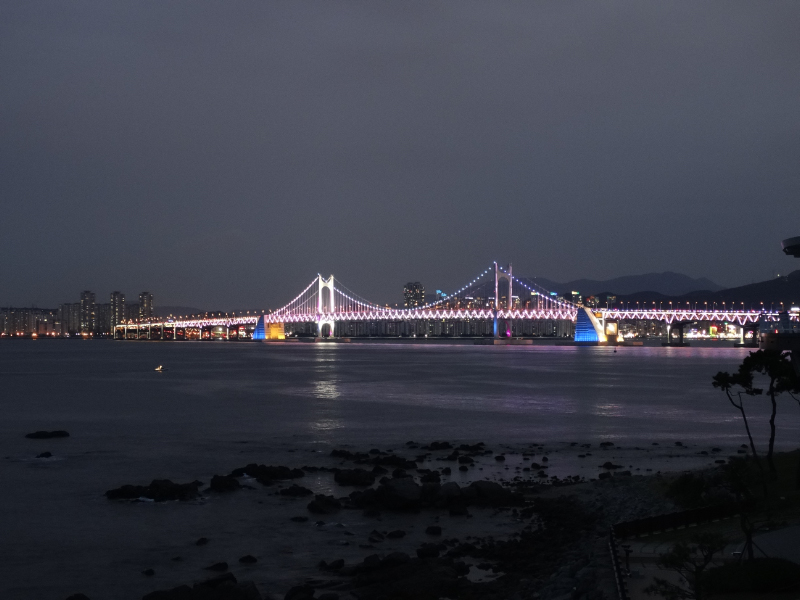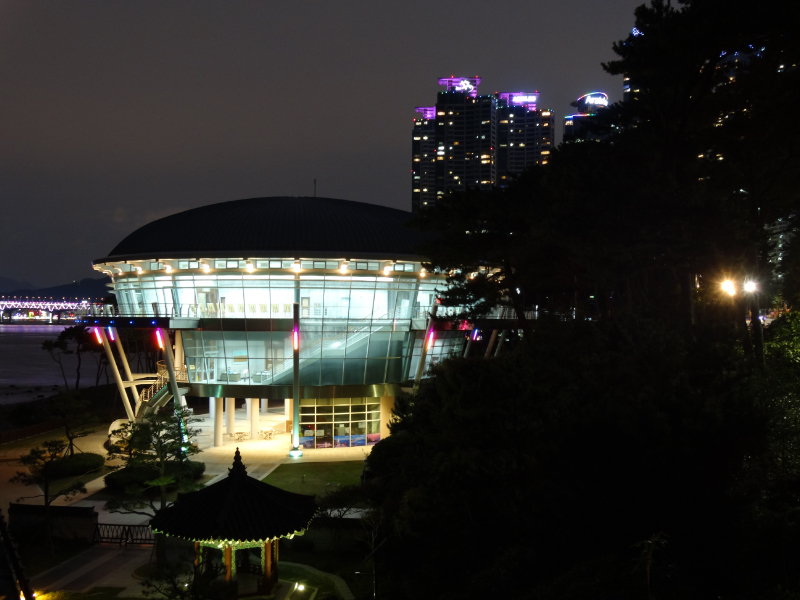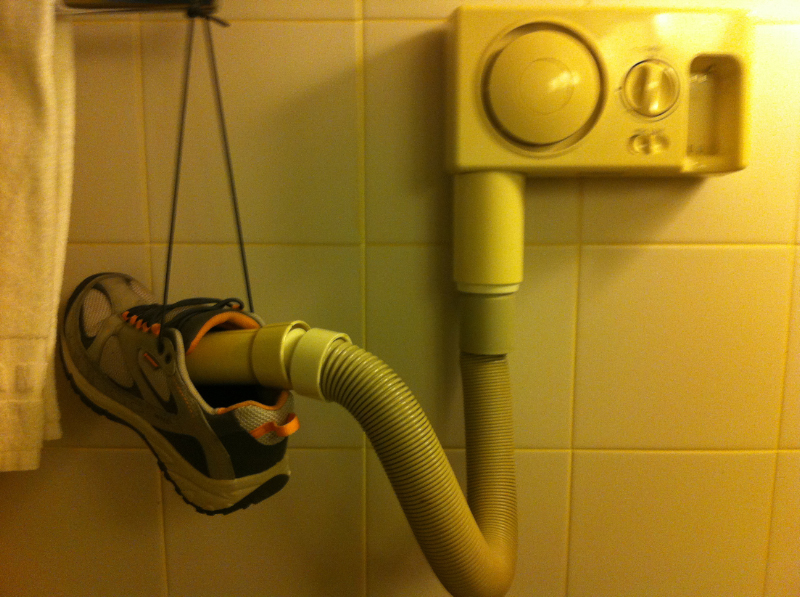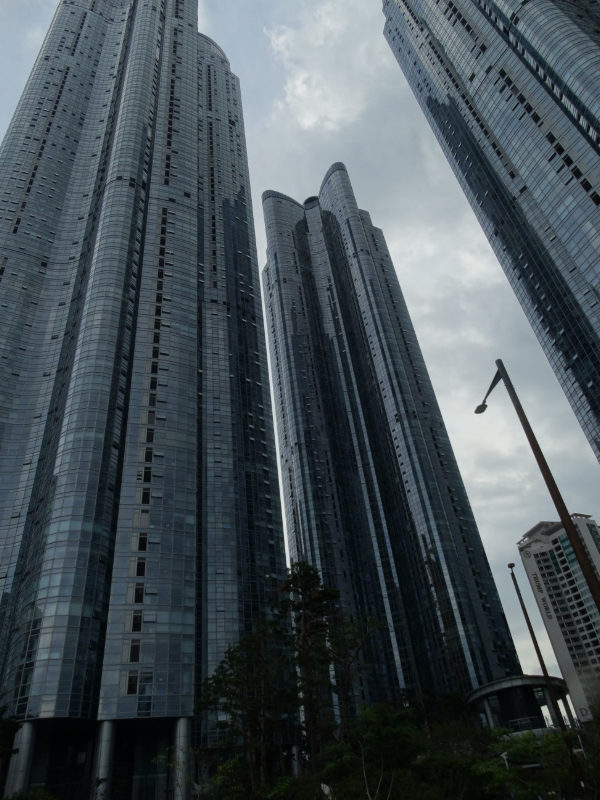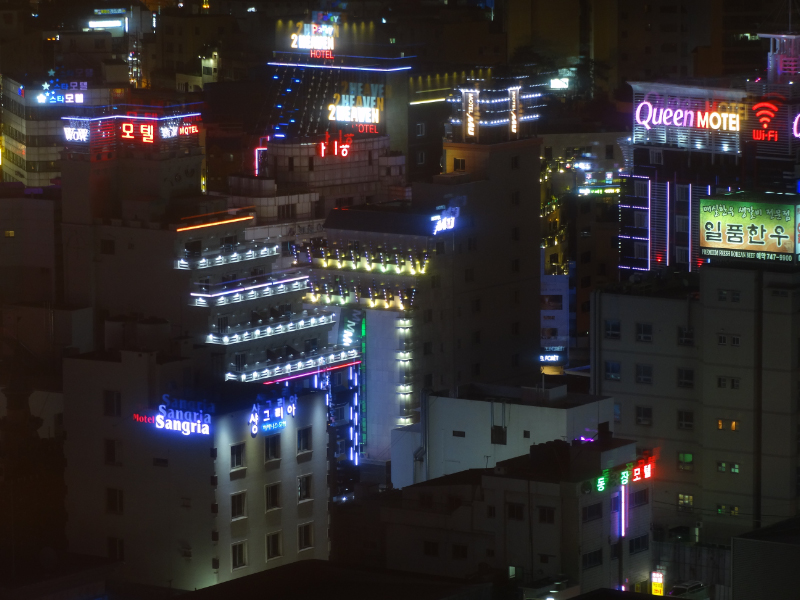27th September to 2nd October
The first thing I noticed when we drove into Busan was the high rise apartments set in amongst very rugged hills. In fact a very quick bit of research on Wikipedia shows that the population density in Busan is 4,700/km^2 compared to Melbourne’s 1,567/km^2 or 3 times the density. It is a city of high rise apartment blocks built in the valleys of incredibly steep terrain.
Busan is Korea’s major port city and also it’s major seaside resort. The few stretches of inner city beaches in Songdu, Gwangali and Haeundae must be packed to the gunnels in the July holiday season.
We stayed in Haeundae, amongst glitzy hotels with amazing neon signs, red district prostitutes and extremely noisy bars. It is hard to capture the true feeling of the area but names like Club Hotel, Motel S-On, Ace Motel, WA Motel, B&W Hotel, Motel Show, C Motel, Queen Motel and Theme 21 Motel might give you an indication of the glitz and glamour of this area.
Our hotel, overlooking the beach, was somewhat more upmarket, catering to the influx of wealthy Chinese tourists who finance their trips buying cosmetics and fragrances for a fraction of the price paid at home. We were told they come with long shopping lists for friends, family and work colleagues.
We spent the first day getting to know Busan on the hop-on-hop-off bus. The greatest treat was a walk around the Taejongdae Cliffs. We had arranged a tour to Geyongju City on our second day and then learned how to dry very wet clothes on the run.
Day three started wet – a wonderful excuse to catch up with photos and blogs as we applied the hair dryer to our wet shoes and bags. We braved the humid weather to visit some extraordinary apartment towers and the Shinsegae Department Store.
Our last day in South Korea was a guided tour to Junam Wetlands a migratory stopover and the remarkable Gayasan Haein Temple.
e_header.jpg)

